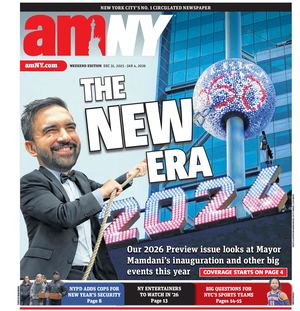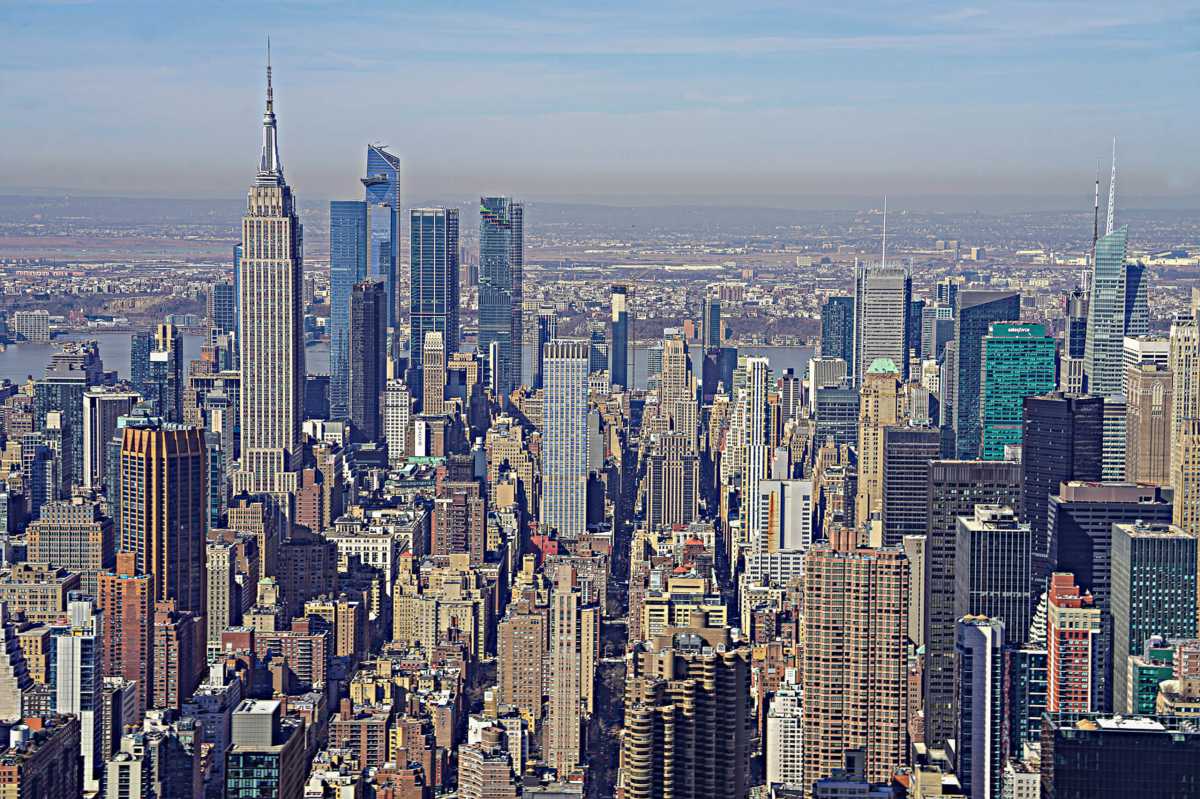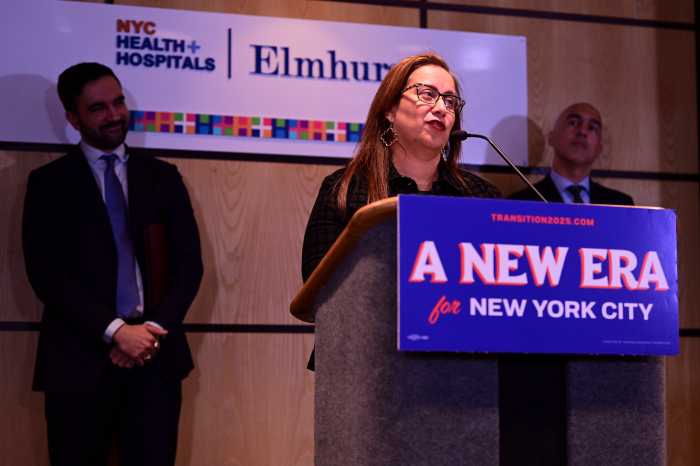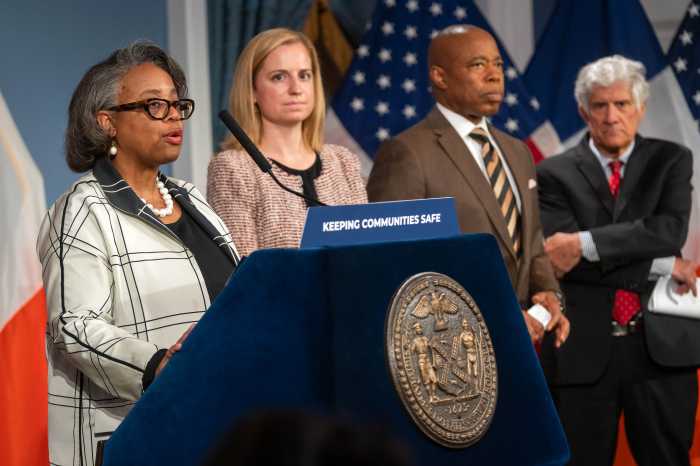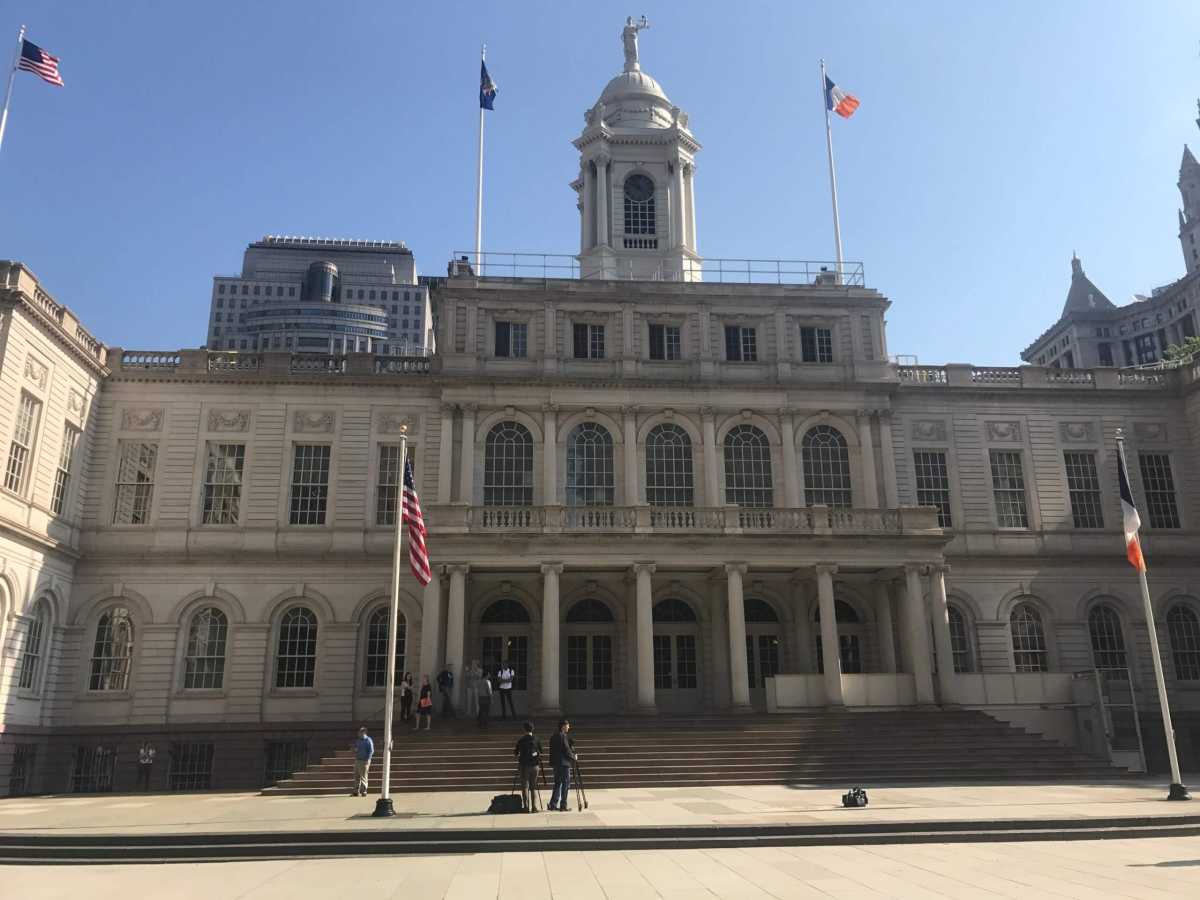New York City lost more than 5% of its population in the two years following the COVID-19 pandemic, according to a new study from state Comptroller Thomas DiNapoli.
Heading into 2020, the Big Apple had 8,804,190 residents — which came after a decade that saw a 7.7% increase in population, beginning with 8,175,133 residents in 2010.
Once the pandemic hit, however, scores of New Yorkers fled the city, leading to a 5.3% drop in total population, with just 8,335,897 residing in the five boroughs in 2022.
Most of the population loss stemmed from people moving to other parts of New York State or New Jersey, according to the study, which cited a lower cost of living as the primary driver for migration.
Other factors included the increased freedom of employees to work remotely, as well as the desire for more space during long stretches of quarantine, said DiNapoli.
“Ongoing changes to the city’s makeup have important implications for the budget and policy decisions we are making today,” the comptroller said in a statement. “We need the city to remain competitive on the world stage and a place where people want to move, put down roots and thrive.”
Borough vs. borough population changes
Not all areas of the city were equally affected by population loss in the wake of the pandemic, according to the study.
The Bronx, which boasted a 2020 population of 1,472,654, saw the biggest decrease in total number of residents, as just 1,379,946 lived in the borough by 2022 — marking a decline of 6.3%.
Manhattan saw the second biggest decrease at 5.8%, as the population declined from 1,694,251 to 1,596,273 between 2020 and 2022.
Brooklyn and Queens both saw 5.3% declines in population, with Kings Country dropping from 1,694,251 to 1,596,273, and Queens falling from 2,405,464 2,278,029 residents.
Staten Island, with its relatively low cost of living, and far less density of people, saw just a 0.9% decline in residents, from 495,747 to 491,133.
Post-pandemic population
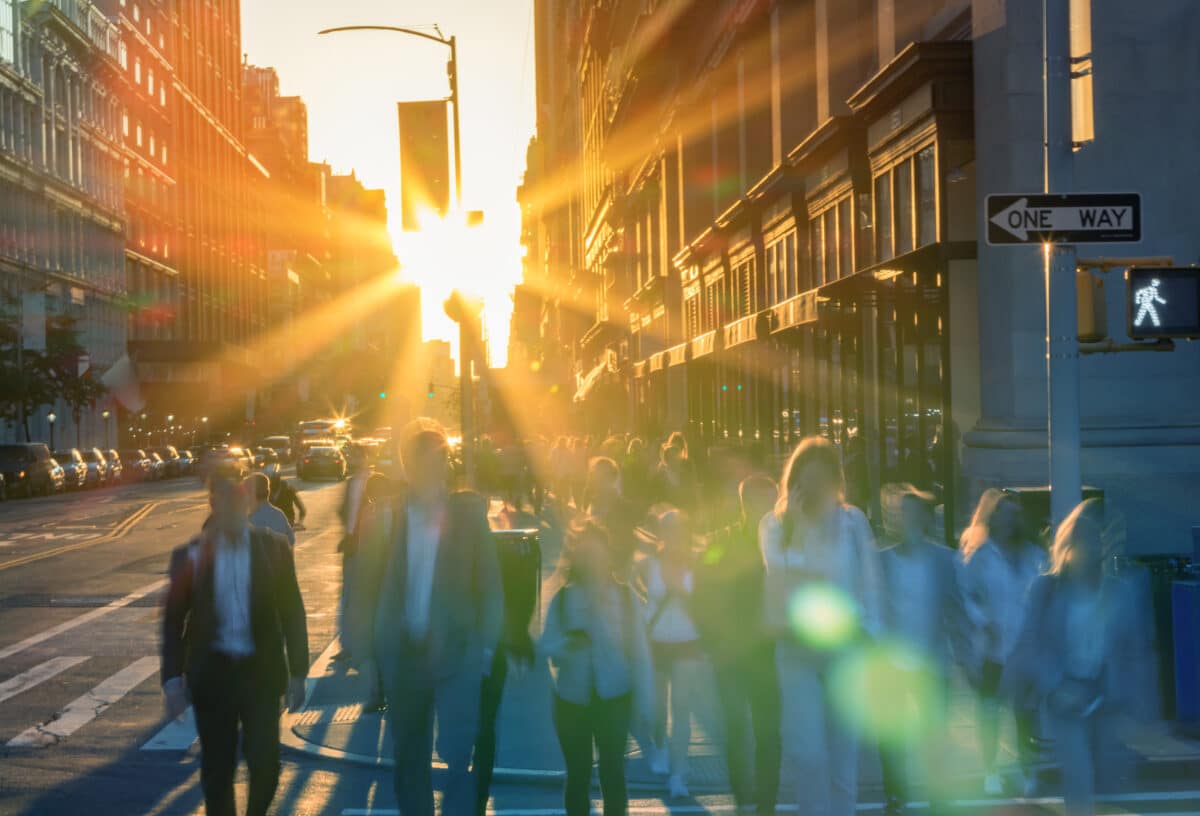
After the pandemic, with 5.6% less residents, the demographics of New York City are also radically different — with the city’s population becoming older and wealthier.
In 2010, the number of households in the city who earned over $100,000 annually sat around 23%. In the years that followed, that number gradually increased to 35.2% in 2021 — before notably jumping to 39% in 2022.
That is largely due to high-income earners remaining in New York City, while those earning less than $100,000 made up a disproportionate share of those who fled the city.
Meanwhile, a higher percentage of those moving into the city were high-income earners.
The median wage of those who moved into the Big Apple in 2022 was $51,000 — 13.3% higher than in 2021. By the same token, people who moved out of the city in 2022 had a median income of $49,000.
Beyond income, the city’s population also got older.
Between 2020 and 2022, the share of under-18 residents declined 7.5% — much faster than the national decline in that group of just 1.5%, according to the study.
The share of young adults (aged 18 to 44), decreased even more during that time — with a 7.6% decline in that group between 2020 and 2022.
This suggests, according to DiNapoli, that parents giving birth to new children decided to move out of the city in large numbers.
As a result of the declining share of children and young adults, the share of older adults went up — especially seniors, who increased their share of the total New York City population by 6%.
With an aging population, the city must look towards long-term solutions to ensure there will be enough economic activity to care for the aging citizenry, said DiNapoli.
“In the pandemic’s wake, we see an altered population and it raises longstanding concerns about the cost of living, the growing wealth gap, the need to preserve a strong middle class, and the challenges of serving an aging population, while ensuring that families are able to raise their children here,” the comptroller said.
